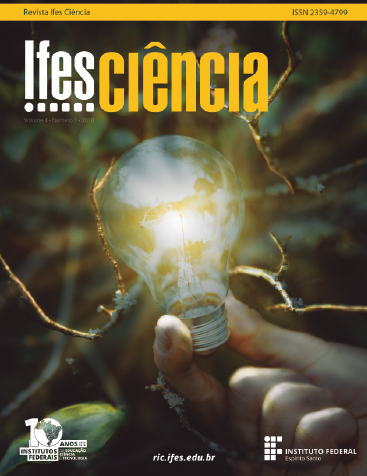EFFICIENT AND ERGONOMIC LOAD FOR DIDACTIC ELECTRICAL PANELS
DOI:
https://doi.org/10.36524/ric.v4i1.321Palavras-chave:
power engineering education, switchgear, energy efficiency, predictive maintenanceResumo
Infrared thermography allows to detect defects even incipient, reducing maintenance costs and shutdown time. To accordingly perform the infrared inspection, the operator must be capacitated and well trained. There is difficulty nowadays in teaching thermographic inspection due to the lack of didactic equipment for this purpose. For that reason, a prototype set of switchgear was developed to be used as a didactic resource for teaching-learning infrared thermography applied to the predictive maintenance of electric installation in classrooms. Typically, an association of resistors as a load is used to generate a current large enough to cause a perceptible increase in temperature at the points of failure. But this load is large and overheating, making the class uncomfortable due to heat, and electric power cost is high. The purpose of this paper is to develop a new prototype that allows the circulation of electric current large enough to cause temperature rising dissipating low power. The present prototype connects the R, S and T switchgear phases in series from the original panel and feeds it through a direct current source, keeping it without internal modifications. This source can be adjusted to fit the need of current of the system, which was decided to be 20 A. The prototype has much lower cost than traditional resistive loads, is lightweight and easy to be transported. In addition, by reducing the dissipated power, it does not generate thermal discomfort in the classroom environment and reduces the costs with electric power about 90%.
Downloads
Publicado
Edição
Seção
Licença
Autores que publicam nesta revista concordam com os seguintes termos:
- Autores mantém os direitos autorais e concedem à revista o direito de primeira publicação, com o trabalho simultaneamente licenciado sob a Licença Creative Commons Attribution que permite o compartilhamento do trabalho com reconhecimento da autoria e publicação inicial nesta revista.
b. Autores têm permissão e são estimulados a publicar e distribuir seu trabalho online (ex.: em repositórios institucionais ou na sua página pessoal) a qualquer ponto antes ou durante o processo editorial, já que isso pode gerar alterações produtivas, bem como aumentar o impacto e a citação do trabalho publicado (Veja O Efeito do Acesso Livre).



